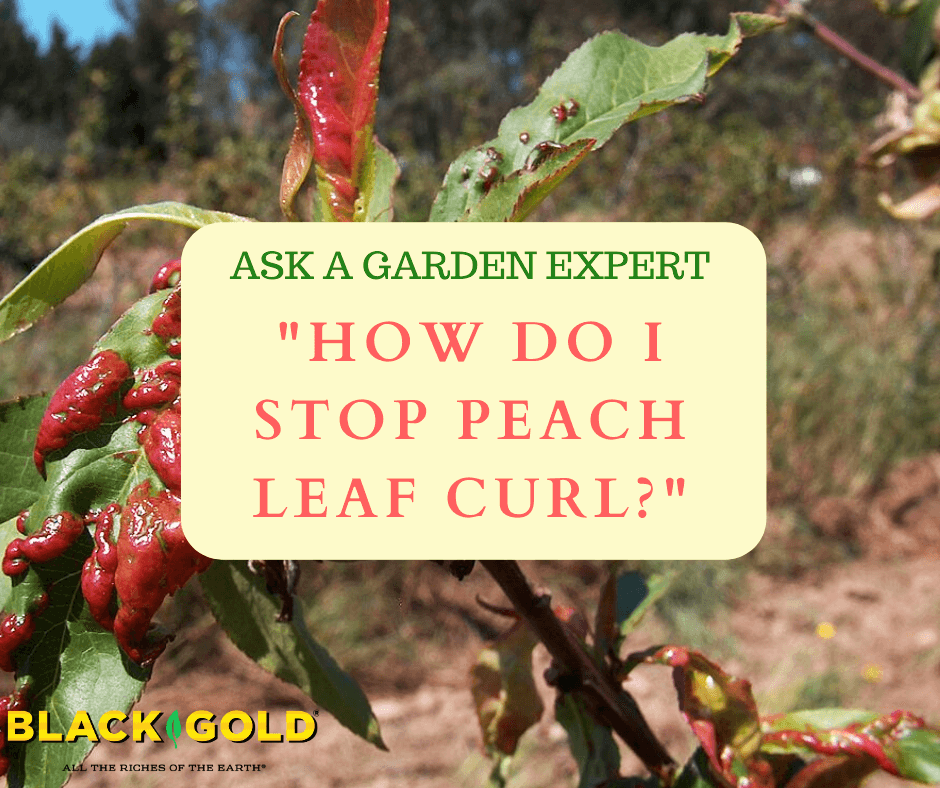
“What is the best way to keep curly leave off of my peach trees?” Question from Craig of Big Bar, California
Answer: Peach leaf curl is caused by the fungal disease Taphrina deformans. It causes infected peach leaves to thicken, turn shades of pale green, yellow, and red, and become curled and distorted. Eventually, the leaves will drop prematurely. On occasion, flowers and fruit will show curling and spotting. Badly infected peach trees can also exhibit stem dieback.
Wet springs are sure to cause serious leaf curl symptoms on infected trees. There are several cultural and safe chemical means of controlling peach leaf curl disease. These include:
- Apply a dormant oil fungicide spray in late fall, in late winter before the trees leaf out, and again after they begin to leaf out in spring. If the spring is unusually wet, apply an additional copper-based fungicide spray through spring during a dry spell. (Click here to read more about dormant oil sprays.)
- Moist spring air between the temperatures of 40 degrees F and 86 degrees F encourages the onset of the disease. Watch for leaf-curl signs when weather conditions are favorable, and spray with a Bordeaux mixture fungicide of copper sulfate (CuSO4) and slaked lime (Ca(OH)2) as soon as they appear.
- During the growing months, continue to spray with a Bordeaux mixture fungicide. This fungicide is effective and approved for organic growing.
- Remove badly infected or dying stems with clean shears or loppers as you see them.
Repeat treatment yearly as needed, especially in moist years, to overcome this common fungal disease of peaches.
Happy gardening,
Jessie Keith
Black Gold Horticulturist


